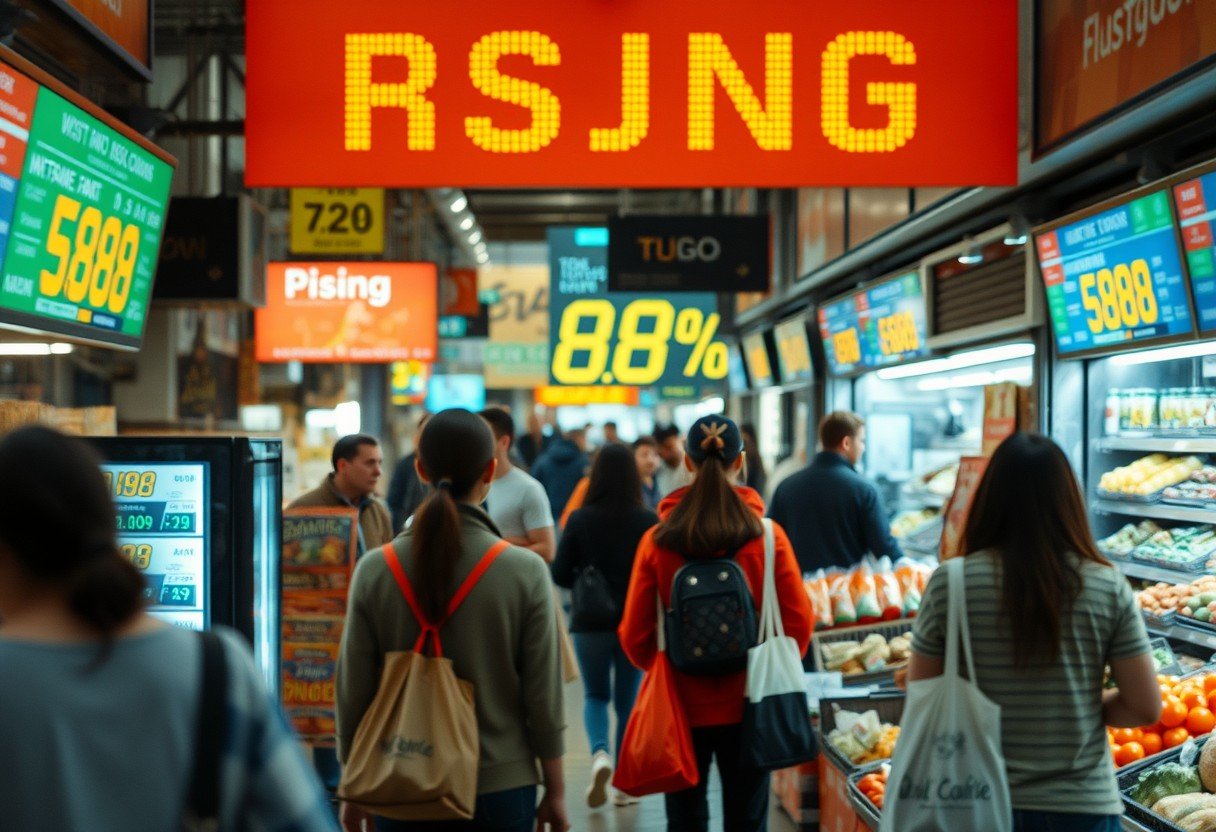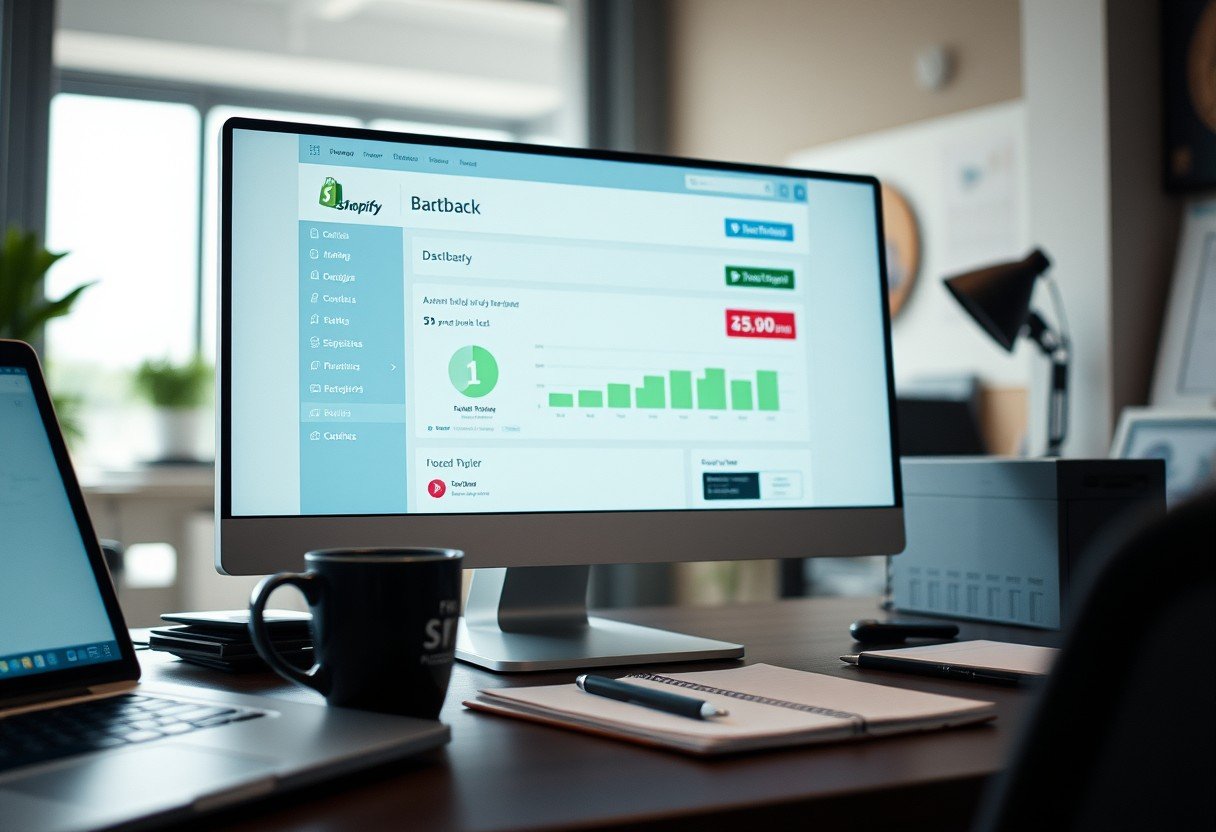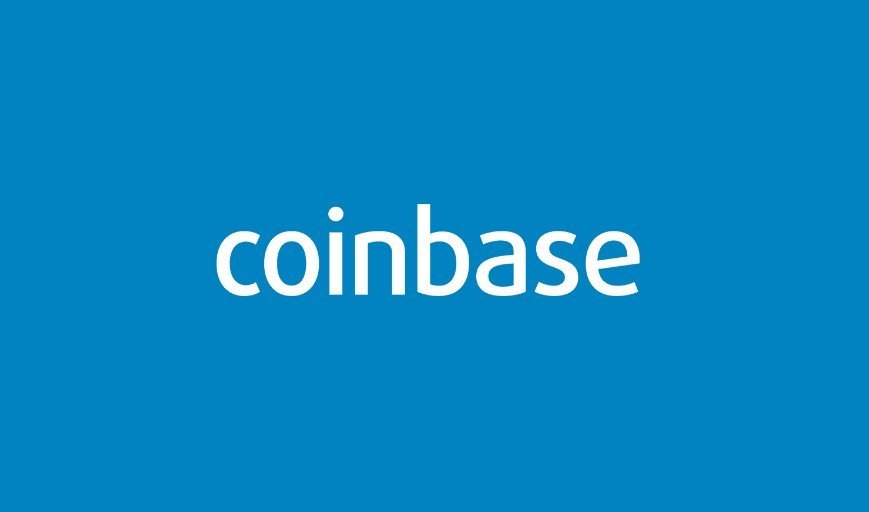Understanding why prices for everyday items go up can be confusing. Economists use a tool called the Dynamic Aggregate Demand-Aggregate Supply (AD-AS) Model to figure this out. This model shows that inflation most often happens when the total demand for goods and services in an economy grows faster than the ability to supply them. When too many people want to buy too few things, prices naturally rise, affecting how much your money can actually buy.
What is the Dynamic AD-AS Model?
Before we dive into the causes of inflation, it’s helpful to understand the main tool economists use to analyze it. Think of the Dynamic AD-AS model as a map of the entire economy. It shows the relationship between the total demand for goods and services and the total supply available over time.
This model has two main parts. Aggregate Demand (AD) represents the total spending in an economy by consumers, businesses, and the government. Aggregate Supply (AS) represents the total amount of goods and services that businesses are able to produce.
The point where these two lines meet on the map shows the economy’s overall price level and output. When one of these lines shifts, it can lead to economic changes like growth, recession, or inflation. By watching how demand and supply interact, we can understand the forces pushing prices up or down.
Demand-Pull Inflation: The Primary Driver Explained
The most common reason for rising prices, according to the model, is something called demand-pull inflation. This happens when aggregate demand, or total spending, increases and outpaces the economy’s ability to produce more goods and services.
Imagine an economy that is doing very well. People are confident, jobs are plentiful, and wages are rising. As a result, everyone starts spending more money on cars, homes, and vacations.
If businesses can’t ramp up production quickly enough to meet this new surge in spending, they will start raising prices. This imbalance is the classic definition of demand-pull inflation: too much money chasing too few goods. It’s a sign of a strong economy, but it can also erode your purchasing power if it gets out of control.
What About Cost-Push Inflation?
While strong demand is the most frequent cause, inflation can also come from the supply side. This is known as cost-push inflation, and it happens when the costs to produce goods and services go up. Businesses, wanting to protect their profits, pass these higher costs on to consumers in the form of higher prices.
Several factors can increase production costs. A sudden spike in the price of oil, for example, makes transportation more expensive for nearly every product. Other causes include an increase in wages without a corresponding rise in productivity or disruptions in the supply chain that make raw materials harder to get.
Unlike demand-pull inflation, cost-push inflation isn’t a sign of a booming economy. It often leads to a tough situation where prices are rising, but the economy isn’t growing, a scenario sometimes called stagflation.
Here is a simple breakdown of the two main types of inflation:
| Feature | Demand-Pull Inflation | Cost-Push Inflation |
| Main Cause | Increased aggregate demand | Decreased aggregate supply |
| Economic State | Often occurs during economic booms | Can occur during stagnation |
| Example | Government stimulus checks boosting spending | Rising oil prices increasing transport costs |
How Your Expectations Can Fuel Inflation
One of the most interesting parts of inflation is the role of human psychology. What you and everyone else expect to happen with prices in the future can actually make it happen. This is what economists call inflation expectations.
If people believe prices will be higher next year, they might rush to buy big-ticket items now before they become more expensive. This increased spending adds to aggregate demand, creating demand-pull inflation.
At the same time, workers might demand higher wages to keep up with the expected cost of living. This increases business costs, which can lead to cost-push inflation. This creates a self-fulfilling prophecy where the belief in future inflation helps create actual inflation today. This is why central banks work so hard to manage public expectations and communicate their commitment to keeping prices stable.
External Shocks and Global Inflation Pressures
Sometimes, the reasons for price increases in your country have little to do with domestic conditions. The global economy is interconnected, and external factors can play a huge role in driving inflation.
These external pressures, often called shocks, can impact both supply and demand. Understanding them helps you see the bigger picture of why your grocery bill might be going up.
Some key external factors include:
- Global Supply Chain Disruptions: Events like a pandemic or geopolitical tensions can shut down factories and clog ports, leading to shortages of goods and higher prices.
- Fluctuations in Commodity Prices: The price of oil is a classic example. Since oil is used for transportation and manufacturing, a price spike can raise costs across the entire economy.
- Changes in International Trade: New tariffs or trade agreements can change the cost of imported goods, affecting consumer prices directly.
Lessons from History: Inflation in Action
Looking at past events helps us see how these economic theories work in the real world. History is filled with examples of inflation caused by the factors described in the AD-AS model.
The 1970s oil crisis is a textbook example of cost-push inflation. Geopolitical conflict led to an oil embargo, causing crude oil prices to skyrocket. Since the global economy was heavily reliant on oil, this shock massively increased production and transportation costs, leading to a period of high inflation and slow economic growth in many countries.
Cases of hyperinflation, like in Zimbabwe in the 2000s or Germany in the 1920s, show what can happen when a government prints excessive amounts of money. This rapidly increases the money supply and aggregate demand, causing prices to spiral out of control and making the currency virtually worthless. These historical examples highlight the importance of sound economic policy in maintaining price stability.
How Do Policymakers Fight Inflation?
Given the damage high inflation can cause, governments and central banks have tools to manage it. These tools are designed to influence aggregate demand and supply to bring the economy back into balance.
Monetary policy, managed by a country’s central bank, is the primary tool. To fight inflation, a central bank can raise interest rates. Higher rates make it more expensive for people and businesses to borrow money, which cools down spending and reduces aggregate demand.
Fiscal policy, controlled by the government, is another tool. To reduce inflation, the government can cut its spending or raise taxes. Both actions leave less money in the hands of consumers and businesses, which also helps to lower aggregate demand and ease the pressure on prices.
Frequently Asked Questions about the Causes of Inflation
What is the main difference between demand-pull and cost-push inflation?
Demand-pull inflation is caused by too much demand in the economy, while cost-push inflation is caused by a reduction in supply due to rising production costs. The former often happens in a strong economy, while the latter can occur even when the economy is weak.
Can inflation be a good thing?
Most economists believe that a small, steady amount of inflation, around 2%, is healthy for an economy. It can encourage spending and investment and make it easier for wages to adjust. However, high and unpredictable inflation is damaging.
How do central banks control inflation expectations?
Central banks use clear communication and policy actions to manage expectations. By setting an inflation target and consistently using tools like interest rates to meet that target, they build credibility and help “anchor” the public’s beliefs about future inflation.
Why is oil so important for inflation?
Oil is a fundamental commodity used for transportation, energy, and manufacturing plastics and other materials. When its price rises, the cost of producing and delivering almost every good and service increases, leading to widespread cost-push inflation.
What is hyperinflation?
Hyperinflation is an extreme and rapid increase in prices, often defined as inflation exceeding 50% per month. It is typically caused by a complete loss of confidence in a currency, usually after a government prints massive amounts of money to pay its debts.









Leave a Comment